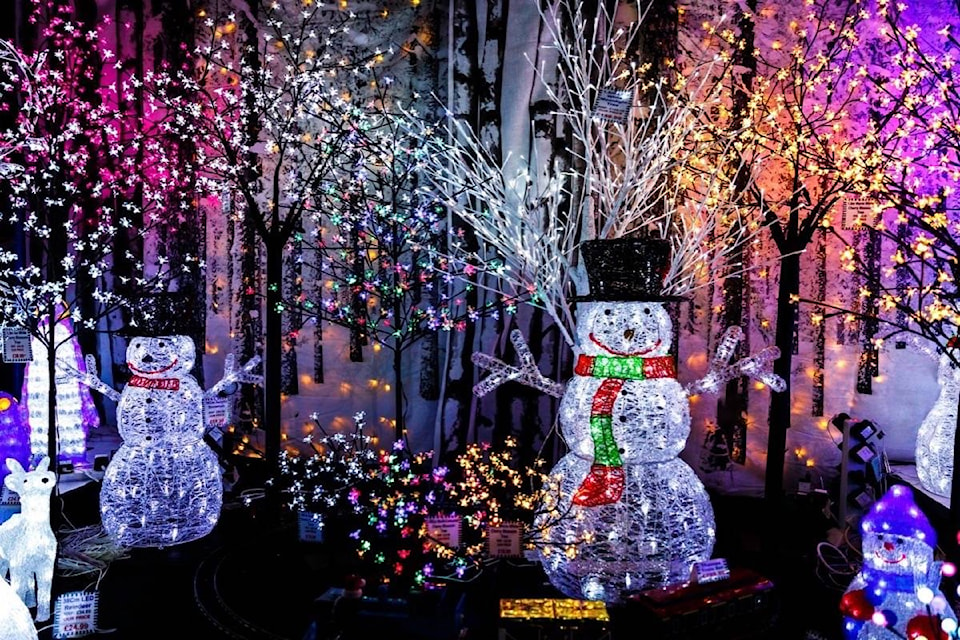During the holiday season, it’s important to enjoy time spent with family and friends. It is also the time of year where most Canadians are using a lot more electricity than usual, with Christmas lights plugged in, the furnace running, space heaters on, holiday baking in the oven and meals on the stove, the vhicles plugged in so they start in the cold, and all the new gadgets that will be unwrapped and charged, or plugged in for use, on Christmas Day.
The Canada Safety Council encourages Canadians to take steps to keep their holiday celebrations free of unexpected tragedy. An ounce of prevention is worth a pound of cure, so take a few minutes to familiarize yourself with these electrical safety tips.
Don’t use damaged extension cords. Whether it’s because you were pulling too hard on the extension cord or hit it while shovelling snow, sometimes the cord gets damaged. If your extension cord is damaged at the plug or the sheathing, do not use it, as the damage may cause you to get an electric shock. Repairing the cord with electrical tape is not recommended, and will not ensure that it is safe to use the cord in the long run.
Use timers on outdoor lights, which is not only a great way to ensure that they are on before you’re home, but is also a great way to be environmentally conscious. A timer will also shut off the lights before you go to bed, saving you money on your power bill. You won’t even have to leave the comfort of your home or chair to plug or unplug the lights. Turning off the lights before going to bed prevents the light bulbs from overheating in the night, and setting them on a timer ensures that it’s not a task that might slip your mind.
Don’t plug more than one space heater into an outlet. Whether it’s at home or in the office, outlets can only handle one portable space heater. As soon as you plug in that second one, you’ll trip the breaker. Most home outlets are rated for only a single 12 amp or 1500 watt load. Check your space heater, and any other electrical device that you’re plugging in, to ensure it doesn’t exceed this rating.
Plug in your outdoor lights to ground-fault circuit interrupter (GFCI) outlets. Most modern houses have GFCI outlets on the exterior of the home to plug in holiday lights and other electrical equipment. The benefit of a GFCI outlet is electric shock protection for you when using portable cord- and plug-connected electrical equipment in an indoor or outdoor environment.
This is especially true around wet environments, which is why you’ll typically also find GFCI outlets in kitchens and bathrooms. The GFCI outlet trips when there is an electrical current on an unintended path (through water, for instance). Considering it’s winter and snow is always around the corner (if it isn;t already here), make sure you always plug your holiday lights into GFCI outlets.
While we’re on the topic of GFCI outlets, think of hitting the test and reset button before you plug in your device. You want the GFCI to work to protect you from being electrocuted should there ever be an electrical fault. Consider doing this in the bathrooms in your house and on outside outlets at least once a month, or ask your family or guests to test the GFCI before they use the outlet. It’s better to ensure the protection is working long before you need it.
editorial@accjournal.ca
Like us on Facebook and follow us on Twitter
